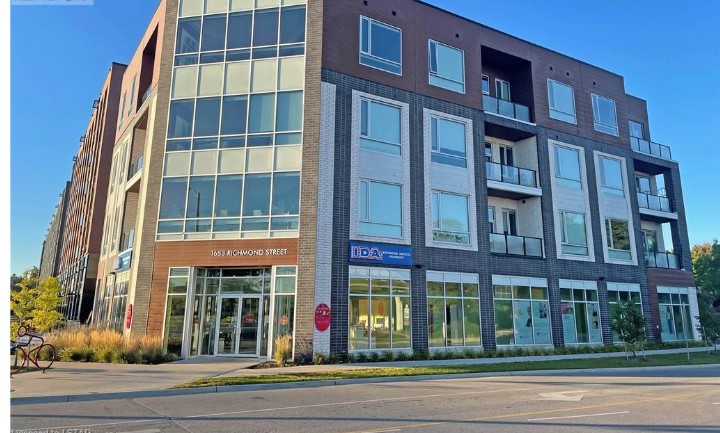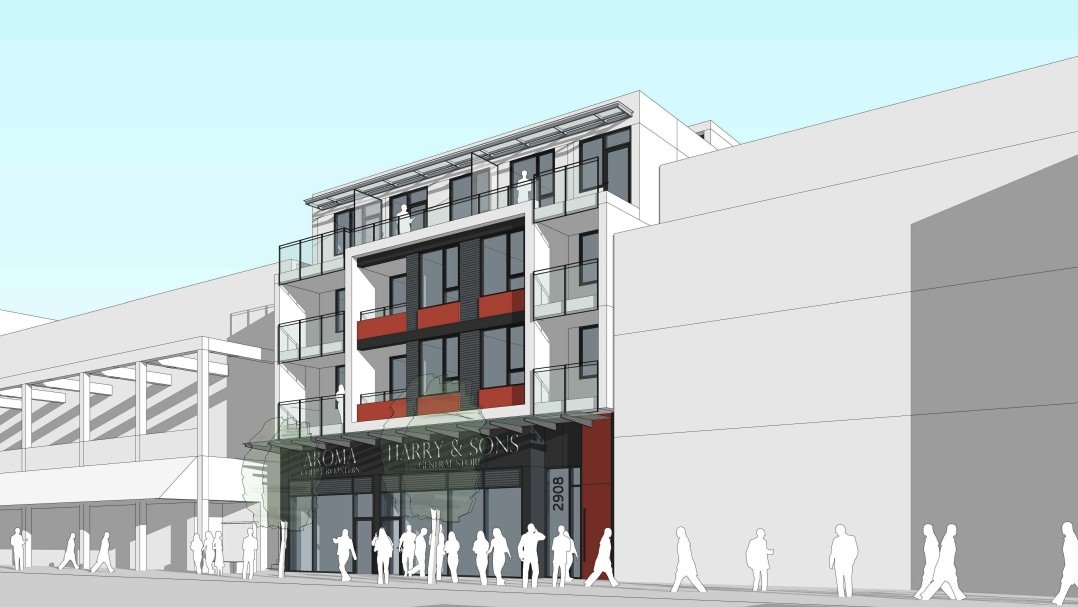

Storage Property Investment Trends 2024: What Every Investor Needs to Capitalize On!
Understanding the Storage Property Market
Storage properties, including self-storage and mini-storage facilities, have evolved into a significant segment of the real estate market. As urban populations grow and lifestyles shift, the demand for storage properties surges. These facilities provide much-needed space for personal belongings, business inventory, and seasonal items, making them an essential service in today’s real estate landscape.

Current Market Trends
The storage properties market is expanding rapidly, and the trends for 2024 reflect this growth. Several factors contribute to this expansion. Increased urbanization, with more people moving to cities where living spaces are smaller, has amplified the need for extra storage. Additionally, lifestyle changes, including the rise of remote work and the boom in e-commerce, have led to a significant increase in demand for storage solutions. These shifts are creating an environment where investing in storage properties has become a highly attractive option for savvy investors, offering both stability and potential growth.

Economic Factors Favoring Storage Property Investment
One of the most compelling reasons to invest in storage properties is their resilience during economic downturns. Historical data shows that during recessions, demand for storage units often increases as individuals downsize and seek affordable storage options for their belongings. This makes storage properties a more stable investment compared to other real estate sectors that might struggle in challenging economic climates. Additionally, current low-interest rates make financing more accessible for new investors. Several financing options are available for those looking to invest in storage properties for sale, including conventional loans, SBA loans, and CMBS loans. Conventional loans, offered by banks and credit unions, provide stability with competitive interest rates and long terms. SBA loans, such as the SBA 7(a) and 504 programs, are government-backed financing options that can assist in acquiring or developing facilities. CMBS loans, which offer non-recourse, fixed-rate financing, as mentioned in this <a href="https://www.commercialrealestate.loans/blog/a-beginners-guide-to-self-storage-investing/">Janover article</a> , can be beneficial in rising interest rate environments due to their assumable nature, though they do come with strict prepayment penalties.

Demographic Shifts Driving Demand
The growing urbanization trend and population increases are key drivers of the rising demand for storage properties. As more people move to urban areas, living spaces become smaller, and the need for additional storage grows. This demand is further fueled by modern lifestyle changes. Frequent moves, downsizing, and the rise of e-commerce all contribute to the increasing need for extra storage space, whether for personal belongings or business inventory. As a result, the market for storage properties is becoming more competitive, yet still offers unique opportunities for those who can identify underserved areas.
